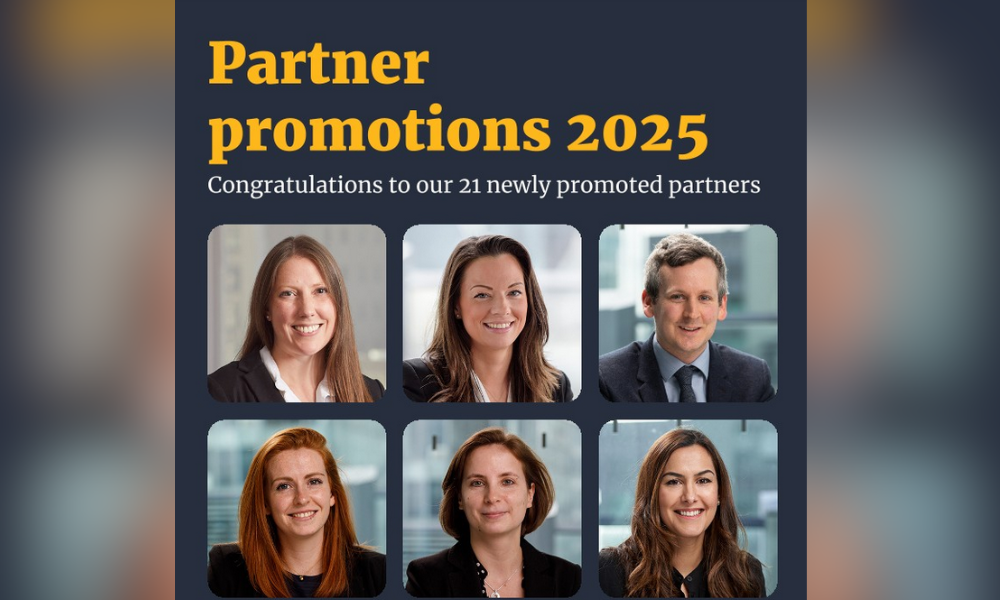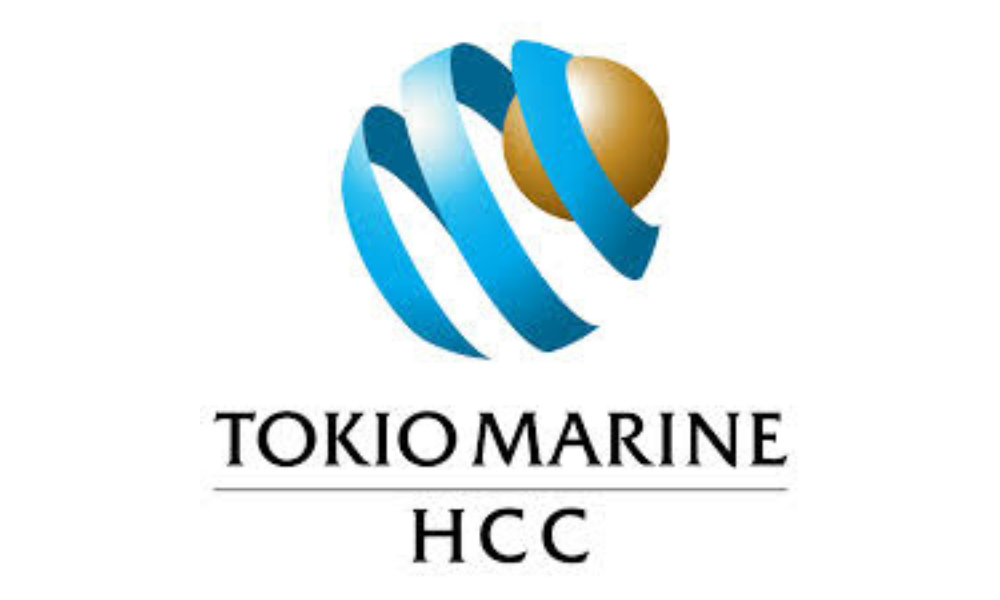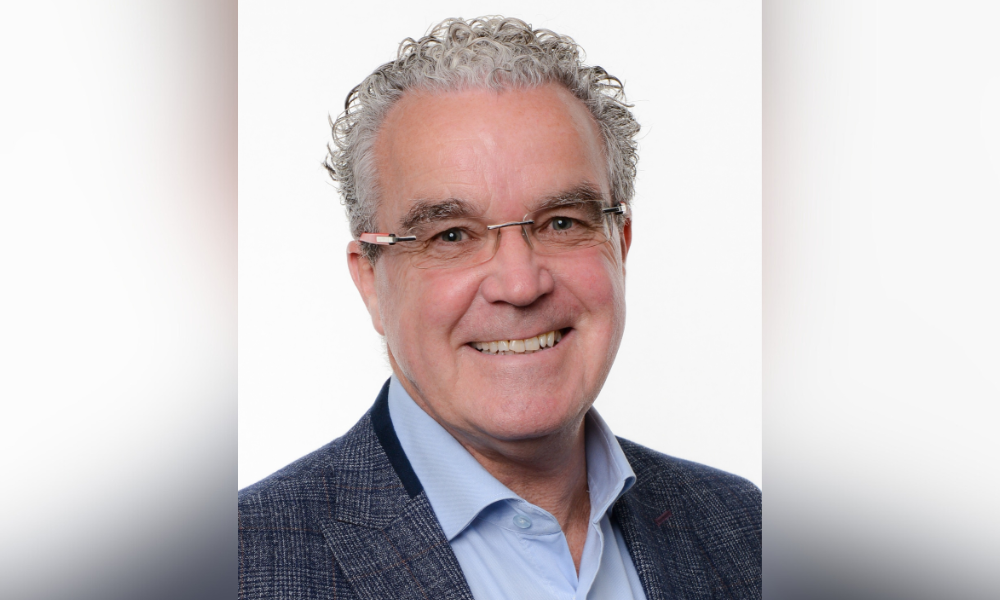![]()
- Provides third-party liability coverage for property damage, bodily injury, or accidents caused by drone operations.
Regulatory compliance and risk mitigation
As well as coverage, regulatory compliance is essential for drone users.
Speaking on regulation, Jackson said: “We would suggest ensuring that clients comply with the regulations set by aviation authorities such as the Civil Aviation Authority (CAA) in the UK, the Federal Aviation Administration (FAA) in the US, or other relevant bodies. These regulations cover aspects such as drone registration, pilot certification, operational limitations, and safety requirements.”
Jackson also warned that clients should be strongly advised to take up essential coverage:
“Many jurisdictions mandate specific insurance coverage for drone operations. For example, in the UK, drone insurance must comply with EC 785/2004, which sets out requirements for third-party liability insurance for aircraft, including drones.”
Source




















